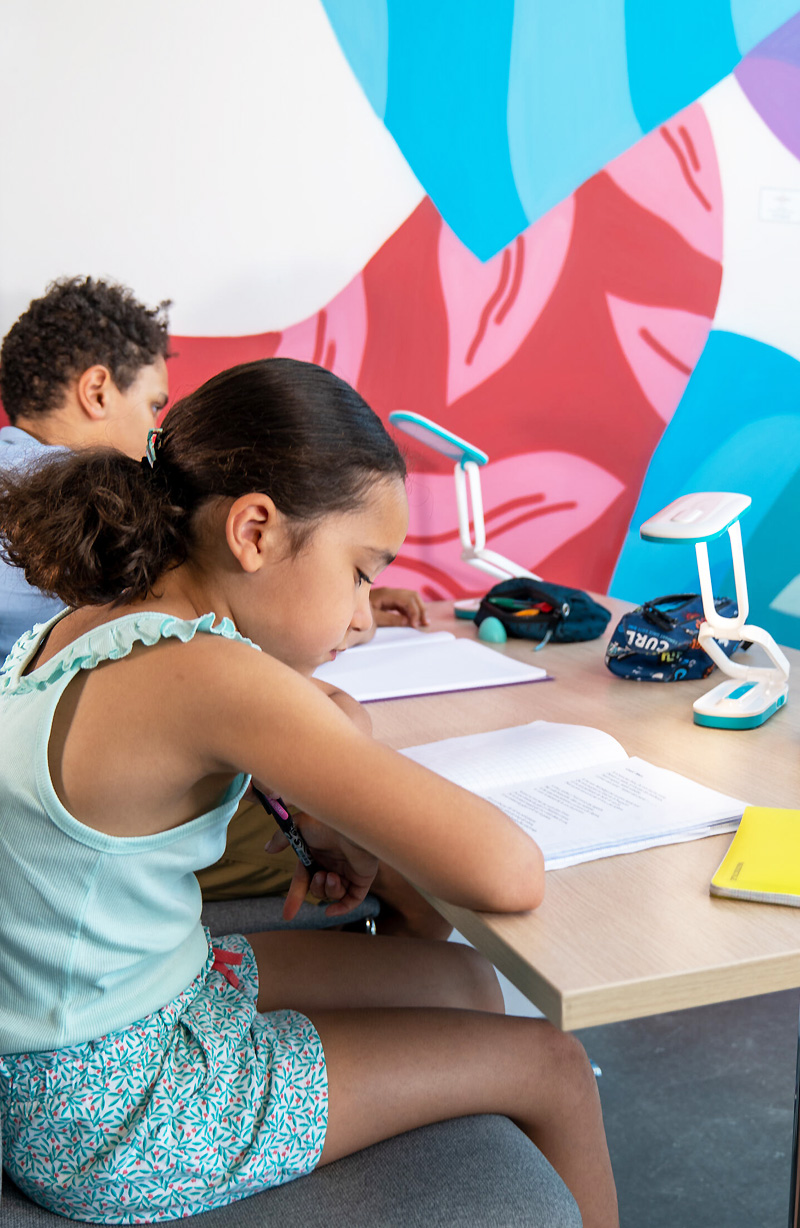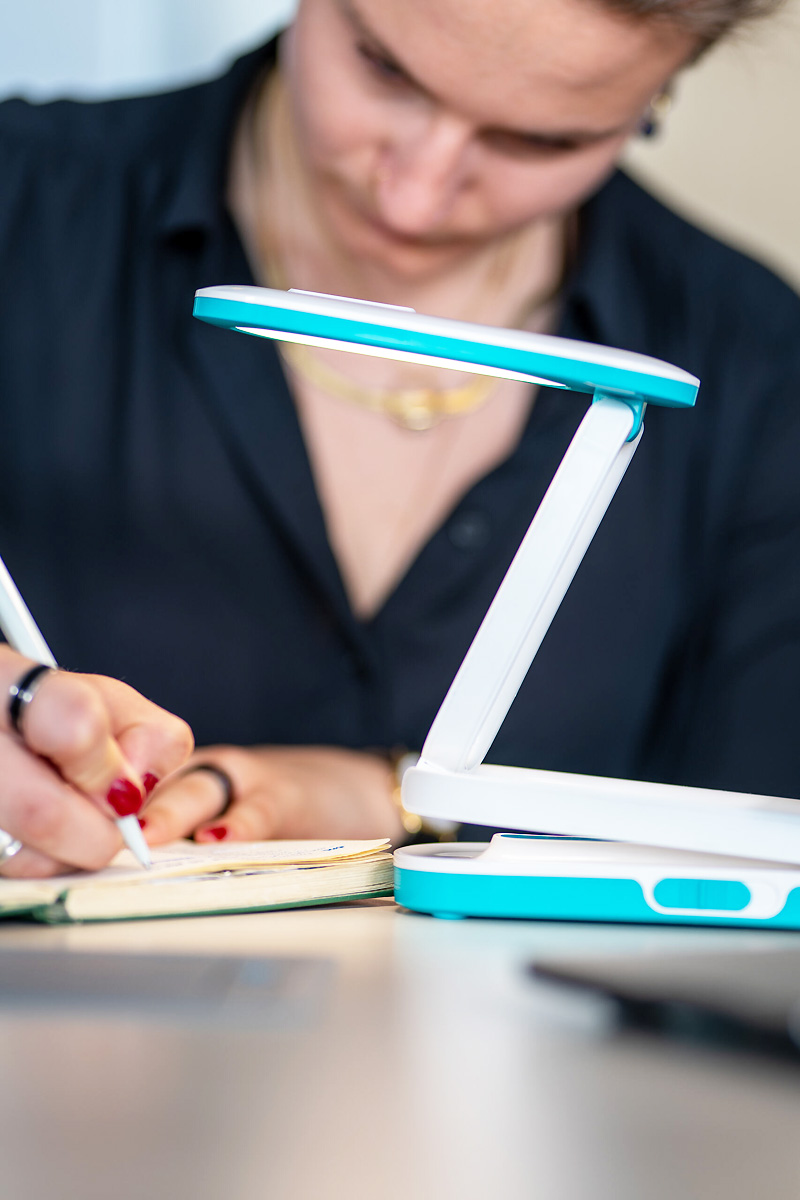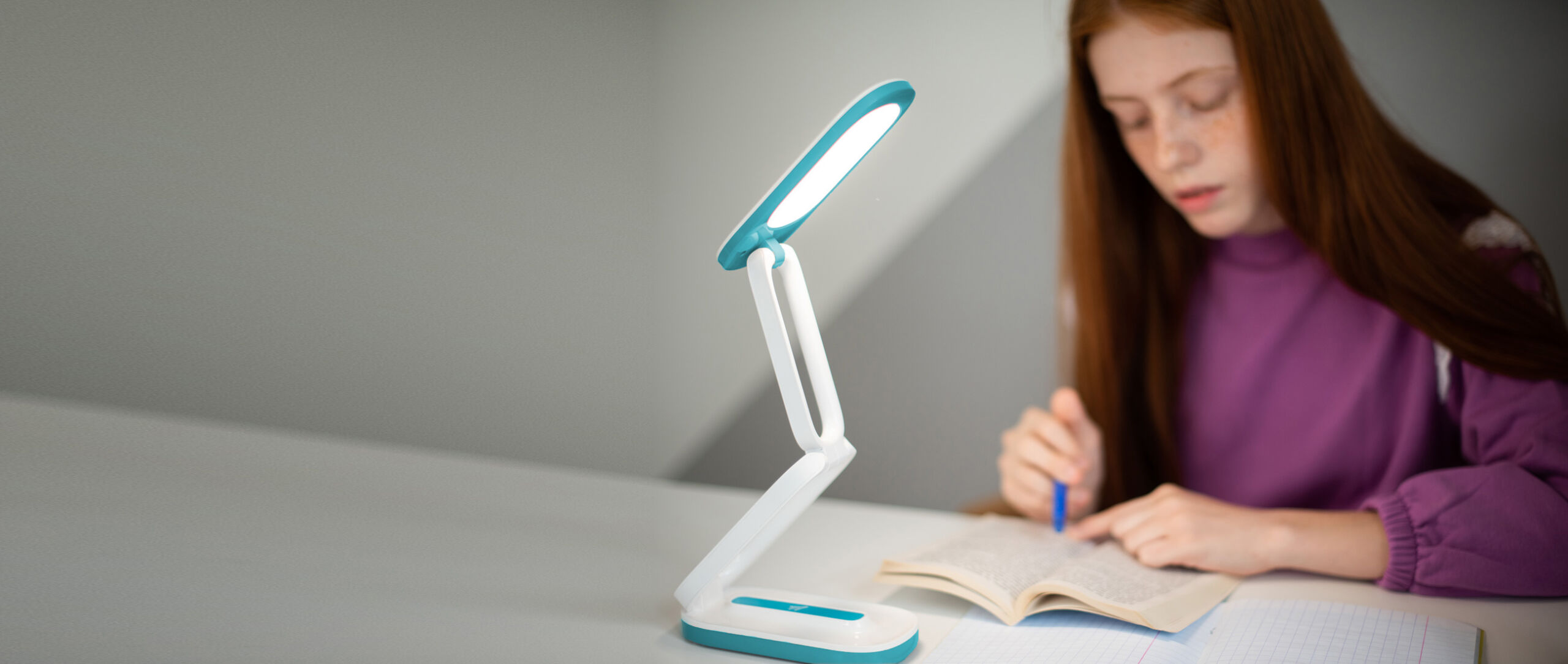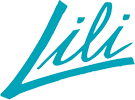Teachers and speech therapists: a tool to complement your expertise
Lili: innovative support for your teaching and therapy methods
The Lili lamp fits into your working environment as a support for your teaching and speech therapy practices. Designed to alleviate the reading difficulties of dyslexic children, it uses advanced lighting technology that reduces eye fatigue and improves reading comfort, enabling children to read for longer without effort.
A non-intrusive complementary tool
Lili complements your phonological approaches without interfering with them. Its patented technology complements your methods by helping children to focus their attention on words, making it easier for them to learn and progress.
With Lili, it’s easier for pupils to concentrate on their reading exercises, while at the same time reinforcing the skills you’re teaching them.


Practical help to reduce barriers
Thanks to its invisible pulsed light, Lili provides direct support by making reading more fluid and less tiring. By eliminating the ‘blurred’ or ‘mirrored’ effects that dyslexic children can experience, it enables them to concentrate on the meaning of words and approach reading with greater confidence.
Why choose Lili?
Makes it easier to learn and progress
Using Lili helps children to better understand the texts they read, promoting faster and lasting progress. Whether in the classroom or the practice, the lamp is a tool that enhances your expertise and complements your educational and therapeutic interventions.
Lili, a tool to support your practices
As a teacher or speech therapist, you are committed to providing the best solutions for your pupils and patients. Lili gives you extra support to help dyslexic children learn to read, giving them the keys to success and fulfilment.

